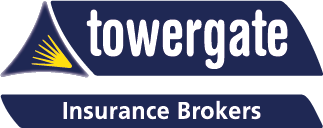2017-2019 Global (Re)insurance Market
By the end of Q3, 2019’s natural and man-made insured catastrophe losses have already exceeded the $65bn 10-year average, not including the recent Hurricane Dorian in the Bahamas. This follows a costly 2018 and 2017 for insurers (c. $79bn and $155bn) with over 700 natural catastrophe events in each of the three years including Hurricanes Florence and Michael, Typhoons Jebi, Trami and Mangkhut, a devastating 2017 hurricane season (Harvey, Irma and Maria) and continued Californian and Australian wildfires.
More positively, even after three years of significant reinsurance losses, the majority of the insurance market continues to view these catastrophe losses as events which impact their earnings and profitability but are not quite the market-defining or “spike” events that fundamentally diminish their underlying capital. With $30bn excess capital currently available due to low interest rates and poor investment returns in other markets, reinsurers have not yet demanded the double-digit rate increases that would be required for them to achieve profitability, instead focusing on strategic investments and M&A strategy to reduce competition and increase revenue.
Despite the continued losses globally, the UK and Western European markets specifically (Windstorms Burglind and Frederic apart) experienced a relatively benign 2018. Reinsurance rates therefore remained relatively static in the UK during the January 2019 renewal season, with rates increasing by +1.1% to +2.5% compared with +4.7% to +7.5% in 2018. Insurers are now anxiously awaiting the 2020 reinsurance renewal season with trepidation; Moody’s, S&P, UBS, Reuters and Fitch are all currently predicting “mid-single digit price increases” as a minimum, which will impact the primary insurance markets throughout 2020 and 2021, resulting in increased rates.
2017-2019 UK Insurance Market
The 2018 global reinsurance increases have now fully filtered through to the UK market and were compounded by 2017’s disastrous year for UK insurers. Weather losses for storms and floods, terrorism attacks and the Grenfell fire, together with uncertainty over whiplash reforms and the reduction in the Ogden Discount Rate, all had a severe negative impact on UK insurer profitability.
Lloyd’s of London insurers lost over £2bn in 2017 and £1bn in 2018 and the majority of UK insurers have once again made an overall loss (for at least the sixth successive year), posting Combined Operating Ratios (CORs) in the region of, and often exceeding, 100%. This trend is expected to continue when 2019 results are posted by insurers, though perhaps not quite to the same extent as previously now that premium rating increases have taken hold in specific sectors.
This lack of profitability has been predominantly driven by accelerating claims inflation for Motor Fleet and Liability insurers, significant and sustained losses in the Financial Lines market and specific large losses in other areas, for example Grenfell Tower (PI and Property), Carillion (Construction and D&O) and numerous food/beverage, retail and waste/recycling fires (510 major waste fires in the UK in 2018), along with multiple high-rise commercial and residential Property losses.
Whilst it has previously been possible for insurers to tolerate high CORs in the short term due to profitable investment returns, this has become increasingly difficult over this extended period. Insurers are operating in volatile financial markets with historically low interest rates reducing investment yields which further impacts their profitability. This is in addition to the ever-increasing regulatory costs across the financial services sector, specifically those anticipated during and after Brexit in 2020.
Insurers cannot ignore this clear lack of profitability and must therefore look to make a return on underwriting activity alone. Most are looking to impose blanket rate/premium increases across product lines, with some insurers withdrawing from specific market sectors altogether where claim payments are exceeding premium income. Recent notable market withdrawals in Summer 2019 alone include Tokio Marine Kiln and MS Amlin, in addition to the sale and consolidation of under-pressure Lloyd’s of London syndicates including Barbican, AmTrust, Advent, Aspen, Liberty, Novae and others.
Along with targeting underwriting profit over revenue, insurers also continue their drive to increase scale in order to reduce cost and return to profitability. This has created an exceptional three years of high-profile insurer consolidation in the UK and globally, with the Chubb/ACE, AXA/XL and Allianz/LV mergers reducing competitive tension for specific lines of business.
Through a combination of these factors, the market is hardening in a number of sectors at a rate not seen since 2001/02; immediately after the 9/11 terrorist attacks and the collapse of Independent Insurance Company. These sectors include Financial Lines, Haulage and Logistics, Self-Drive Hire, Construction and Professional Indemnity and (higher-risk) Property including Food, Waste/ Recycling, Timber and Real Estate, especially on those with inferior construction methods (polystyrene or ACM cladding), inadequate sprinkler/suppression protection or a significant flood risk exposure.
Fortunately, insurer capacity continues to exist in other sectors with some new insurer capacity entering the marketplace, for example Berkshire Hathaway, Protector and others. This is restraining the incumbent insurers’ ability to force through severe (double-digit) premium rate increases where not warranted by claims performance or trade. Rate reductions also exist for well-managed Casualty, Technology and Life Science risks, highly-protected property of non-combustible construction and lighter fleets (cars/vans) with a profitable claims performance and strong Risk Management standards.
Insurers are continuing to compete enthusiastically for risks that can be demonstrated by the broker to be of high quality, proactively risk managed and performing well from a claims perspective. A broker’s ability to provide this Claims and Risk Management support to clients and differentiate them in the marketplace is now more important than ever as we currently enter a phase of a “disciplined” or “discerning” market, which cannot quite (yet) be described properly as a truly hard market: “It’s not yet a hard market, but it’s certainly a hardening market,” says Ali Karakuyu, lead analyst at S&P.
Long-term agreements and sustainable partnerships with quality and financially secure insurers are encouraged to mitigate the ongoing and predicted market fluctuations.
Specific Sectors of Note
Long-term distressed sectors continue to attract rate increases unless outstanding risk management and claims experience can be demonstrated by the customer and/or broker. More recent and specific changes to the market in 2019 are affecting Motor Fleet, Financial Lines, Professional Indemnity and heavier Property exposures.
Motor fleet and haulage insurance
In 2018, the UK Fleet market (one third of all UK premiums), once again experienced underwriting losses of 1.4% to 2.8%. Claims inflation is in double figures for the Motor Fleet market, with inflated costs of parts from Europe (due to the relative strength of the Euro and Brexit fears), additional in-built vehicle technology including LIDAR and RADAR bumper sensors and the increasing complexity of vehicle repairs for hybrid and electric vehicles. Personal injury claims costs also continue to rise, as do vehicle thefts, especially of keyless-entry vehicles.
After the Haulage and Logistics sectors felt the full force of the 2017 changes to the Ogden Discount Rate with significant rate increases, premiums are now beginning to stabilise at this higher level as these risks fall due for renewal. It is hoped that ongoing reforms to the Civil Liability Bill will help insurers to move back towards profitability and relieve some of the significant pressure on rates.
Financial Lines (Management Liability, Employment Practices Liability and Crime) insurance
2017 and 2018 saw Directors’ and Officers’ Liability (D&O) losses across the market from class-actions, an increasingly regulatory environment, various corporate scandals and the collapse of Carillion. Margins were already tight after years of reducing premiums and widening coverage. Over a third of all D&O capacity has been withdrawn, reducing competition on pricing and policy coverage with increasing retention/deductible levels.
Crime losses, especially those resulting from Social Engineering, have caused some insurers to leave the market completely (Axis, Navigators) and other traditional markets (AIG, Zurich, Chubb) to restrict coverage, increase premium and excess levels.
Professional Indemnity (PI) and Construction insurance
The UK PI market, especially for the Construction sector, has deteriorated significantly over the last two years, and it continues to do so at pace. There has been continued dramatic fallout following severe losses including the Grenfell Tower tragedy (2017) impacting building regulations, fire safety procedures and the risk exposures of architects and cladding contractors.
A number of complex disputes across large infrastructure projects, (especially in the Waste-to-Energy sector), has been exacerbated by the potential lack of insurer recoveries and supply-chain resilience driven by such fine profit margins and highlighted by the demise of Carillion (2018). A tough contracting environment, with intensely competitive procurement processes and onerous contractual obligations being forced on contractors, is causing serious concern for PI insurers.
Underwriting Construction PI, especially in relation to ‘Design & Construct’ contractors, has therefore proved far from profitable for many insurers, with various insurers withdrawing from the UK PI market entirely, and several others have ceased underwriting Construction PI. A 2018/9 Lloyd’s of London crackdown targeted loss-making syndicates, culminating in Lloyd’s restricting how much PI business syndicates are permitted to underwrite; no syndicate has been allowed to increase the amount of PI premium they underwrite in 2019, with Lloyd’s making a net loss of £435m on PI over the last 6 years.
As a result, insurers are looking to limit their exposures by reducing capacity, increasing premium rates, challenging low deductibles, and enforcing coverage restrictions. This underwriting strategy is especially extreme in sectors involving the advice, supply or installation of cladding materials.
Higher-risk property insurance
Since the reinsurance renewal season in 2019, primary insurers have begun to reduce the capacity available for clients in higher-risk sectors either due to their construction materials (polystyrene combustible panels or ACM cladding), heat processes (welding, cooking, frying), combustible materials (timber processing, waste/recycling), lack of protections (suppression/ sprinklers) and flood exposure.
At least twenty major (£10m+) fires occurred in tower blocks in Q3 2019 alone, including the Premier Inn in Bristol, Holiday Inn in Walsall, a school in Dunfermline, a retirement complex in Crewe and multiple residential and commercial buildings. These are almost exclusively of timber-frame construction and/or including expanded polystyrene or ACM composite panels, similar to the combustible materials involved in the tragedy of Grenfell Tower. The trend shows no signs of slowing with recent hotel fires in Eastbourne (Claremont, November) and Brentford (Travelodge, December). These continued high-rise fires are in addition to major food and beverage losses, including the Ocado fire (Andover, February - over £100m), Masons Gin (April) and Omega Ingredients (August).
Summary
An extremely disciplined underwriting approach is being applied irrespective of claims performance and is therefore it is imperative that brokers are able to differentiate their risks to insurers based on the quality of their construction methods, risk management and mitigation standards, business continuity/ resilience and ongoing investment in risk improvements including installation/ upgrade of fire protection (sprinklers and suppression), composite panel replacement and flood protections etc.
Business insurance from Towergate
At Towergate we don’t just offer traditional insurance broking: we believe that prevention is better than cure. That is why we have our own risk management consultancy focusing on pre-loss mitigation and business continuity, and have developed our own business interruption calculator.
We engage actively with insurers and our clients to obtain protection for businesses of all sizes. Our wide range of covers help protect your organisation should the worst happen.
See our range of specialist business insurance or contact your local office.
We are passionate about tackling the unprecedented levels of underinsurance in the UK: watch our video on how to avoid this for your business:
 About the author
About the author
Mark Brannon Cert CII is a respected industry leader with over 17 years’ industry experience in a variety of roles within the business insurance sector. He works across a wide spectrum of insurance product and policy development, delivery and optimisation for clients, including claims, insurer relationships, marketing and communications, and risk management.


